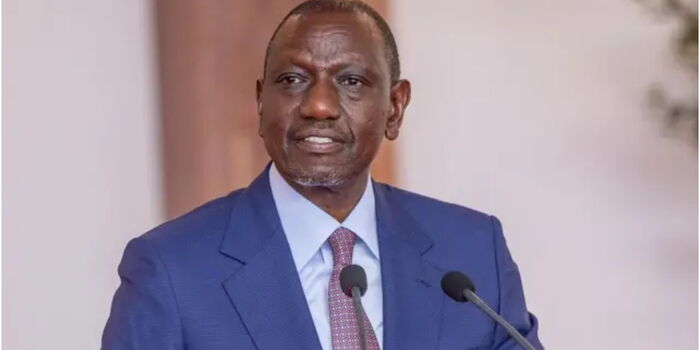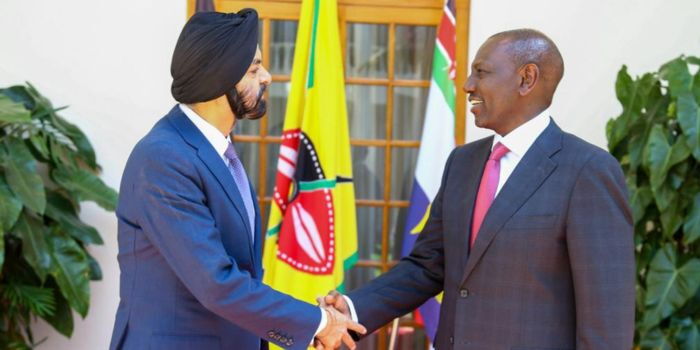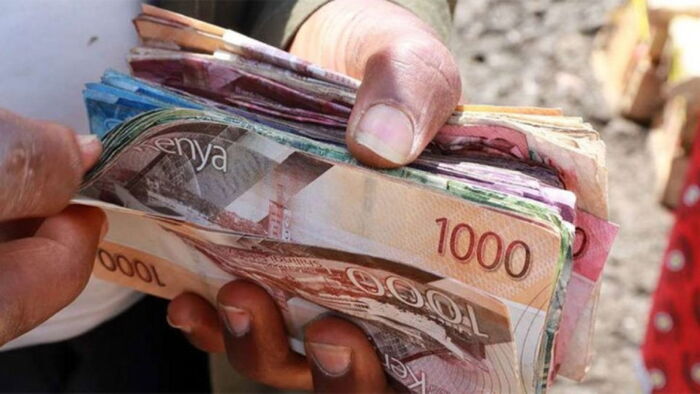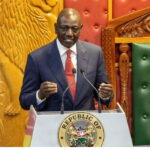Kenya is walking a dangerous financial tightrope, according to a new report by global credit rating agency Moody’s. The agency has raised red flags over the country’s growing debt and its continued strategy of borrowing from the local market to stay afloat.
In a detailed outlook released on Wednesday, July 23, Moody’s warned that Kenya’s dependence on domestic borrowing is not a long-term solution and may damage the country’s credit profile. The government, which faces mounting debt repayments, is leaning heavily on the local financial market to fund its operations, but at a serious cost.
Moody’s highlighted that around two-thirds of the government’s financing, or nearly four percent of GDP each year, is coming from domestic sources. This reliance is expected to keep the cost of repaying debts high. Simply put, Kenya is borrowing money at home to repay old loans, which is not a sustainable plan.
“Kenya will rely predominantly on the domestic market to meet its fiscal financing needs,” the report stated. “But this approach will continue to weigh on debt affordability, a key constraint in Kenya’s credit profile.”
📰 Also Read This:
One of the key challenges, Moody’s noted, is Kenya’s weak tax system. The country collects taxes equal to only 17% of its GDP, a low rate for an economy trying to support such high levels of debt. With limited income and a rising need for funds, the government ends up using a large portion of its revenue just to pay interest on previous loans.
According to Moody’s, one-third of the government’s total revenue now goes to interest payments. Add in the high public wage bill, payments to counties, and pensions, and over half the national budget is locked in routine expenses, leaving little room for meaningful development or cost-cutting.
In June, Treasury Cabinet Secretary John Mbadi presented Kenya’s biggest-ever national budget, totaling Ksh4.2 trillion. To finance this, the government plans to borrow Ksh923.2 billion, of which Ksh287.7 billion will come from foreign lenders, and Ksh635.5 billion from local sources.
Out of Kenya’s total debt, which now stands at Ksh11 trillion, around Ksh5 trillion is borrowed locally, and Ksh5.09 trillion is from foreign lenders. Local debt is made up mostly of Treasury Bills and Bonds. External loans are owed to foreign governments, development banks, and private lenders.
Kenya’s debt has now reached 63% of its GDP, well above the 55% limit that experts consider manageable for emerging economies. While the Treasury insists the country is still able to meet its obligations, Moody’s disagrees, pointing to troubling indicators.
One such indicator is Kenya’s interest-to-revenue ratio, which stands at a worrying 33%. This means that for every 100 shillings the government collects, 33 shillings go to pay interest alone. No money from this figure goes toward repaying the original loan, just the interest.
This level of debt pressure puts Kenya sixth globally in terms of the share of revenue spent on interest payments, according to Moody’s. It paints a picture of a country that is working harder just to stay in the same place, like a person using all their salary to pay credit card interest while the debt keeps growing.
The situation is made worse by falling Treasury yields over the past year. Lower yields mean that investors are less confident in lending money to the government, which could further limit available options for financing.
To avoid a full-blown debt crisis, Moody’s says Kenya needs to urgently secure more support from international lenders. A key step would be negotiating a new financial assistance programme with the International Monetary Fund (IMF).
Currently, Kenya is facing annual external debt repayments of about $3.5 billion (around Ksh450 billion), which further strains the budget. A deal with the IMF could help Kenya cover these costs and ease the pressure on the local economy.
The government is expected to resume talks with the IMF this coming September. Observers hope these discussions will lead to new funding arrangements that can slow the country’s debt spiral and restore confidence in its financial future.
In the meantime, ordinary Kenyans may continue to feel the squeeze as the government prioritizes debt repayments over services like health, education, and infrastructure. Moody’s message is clear: unless bold steps are taken, Kenya risks falling deeper into a financial hole from which it may struggle to escape.










